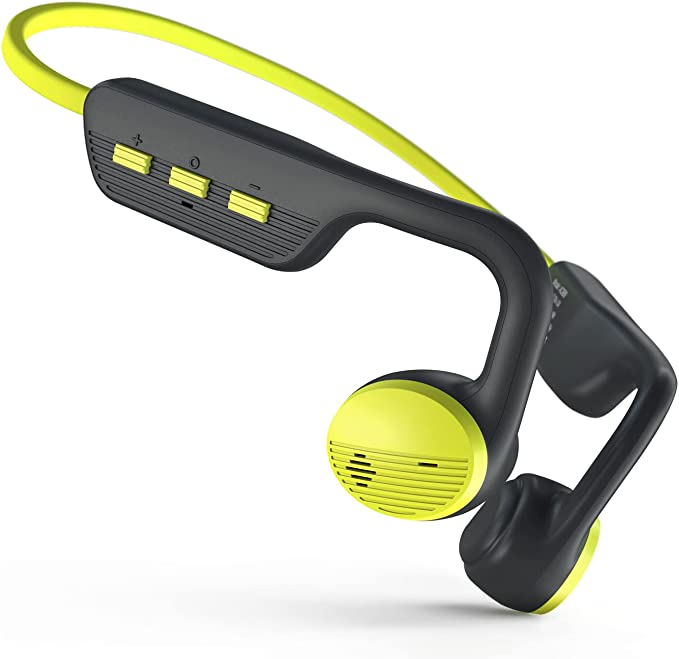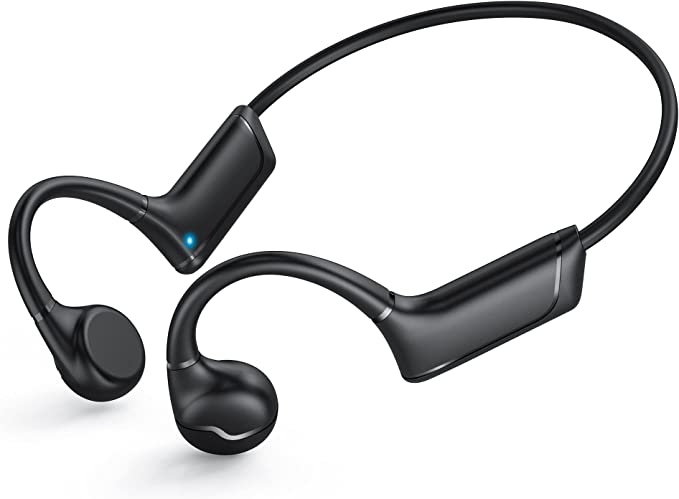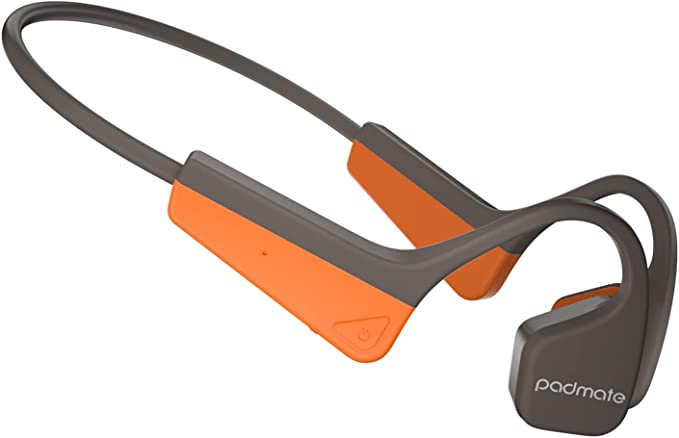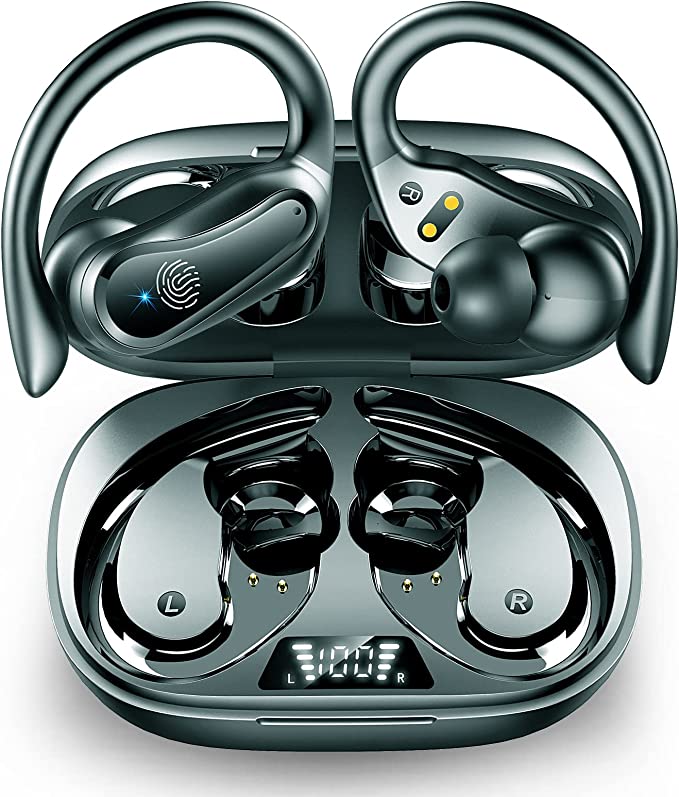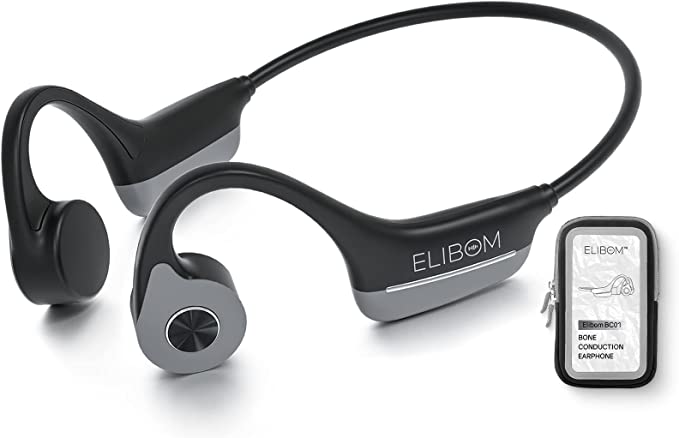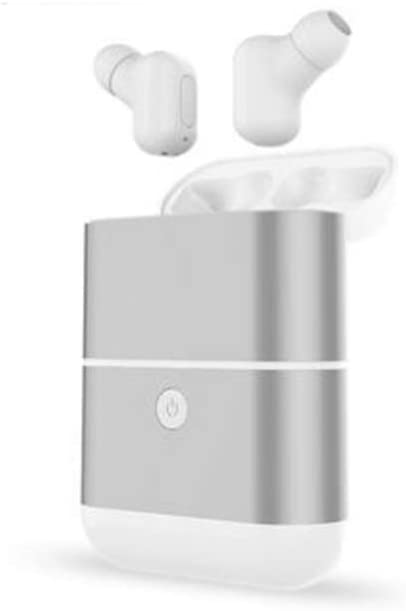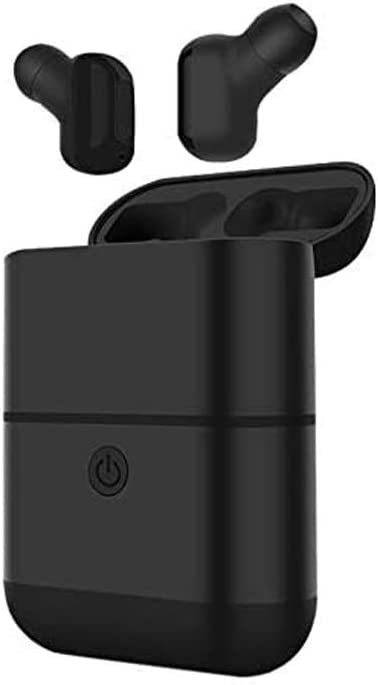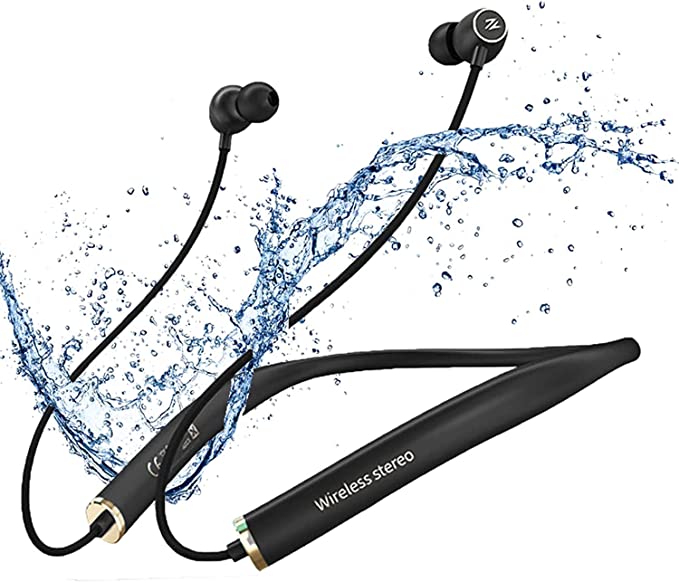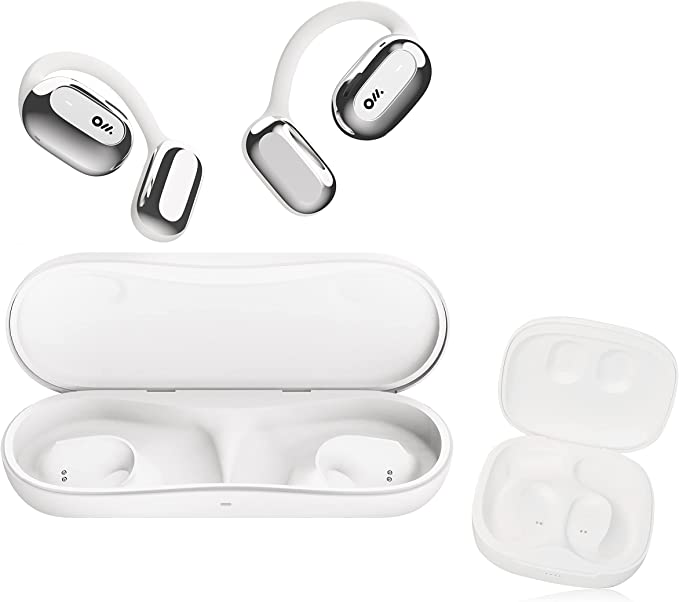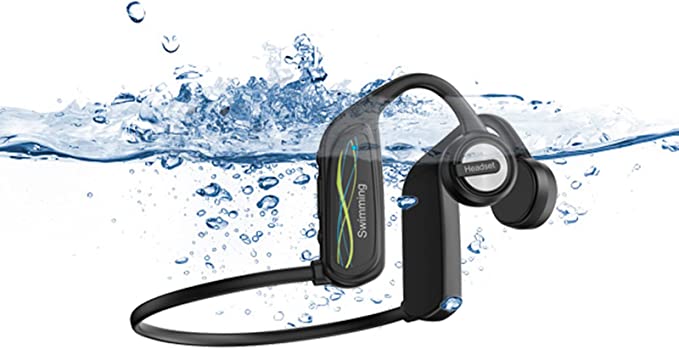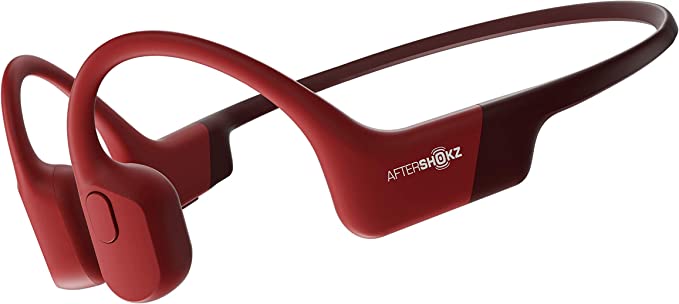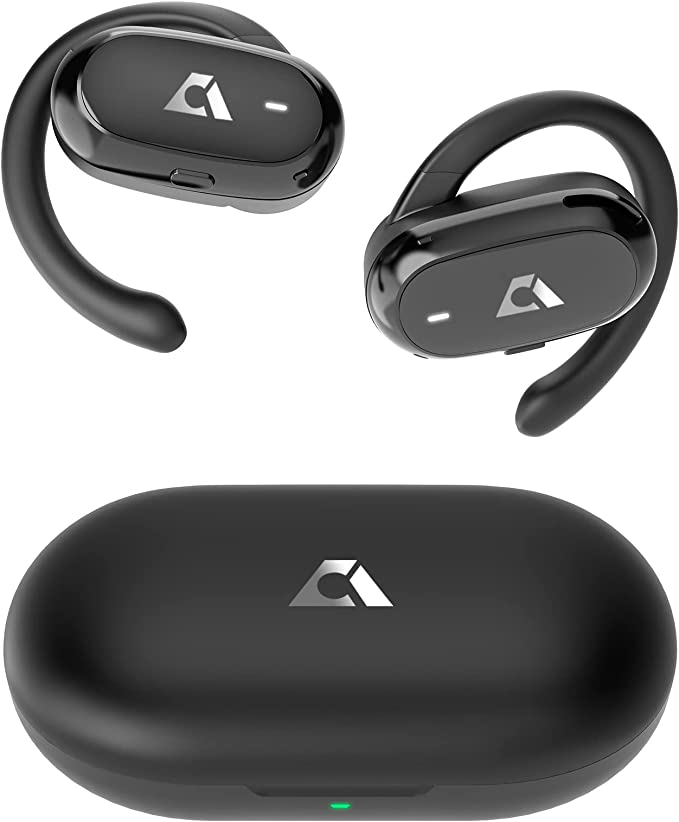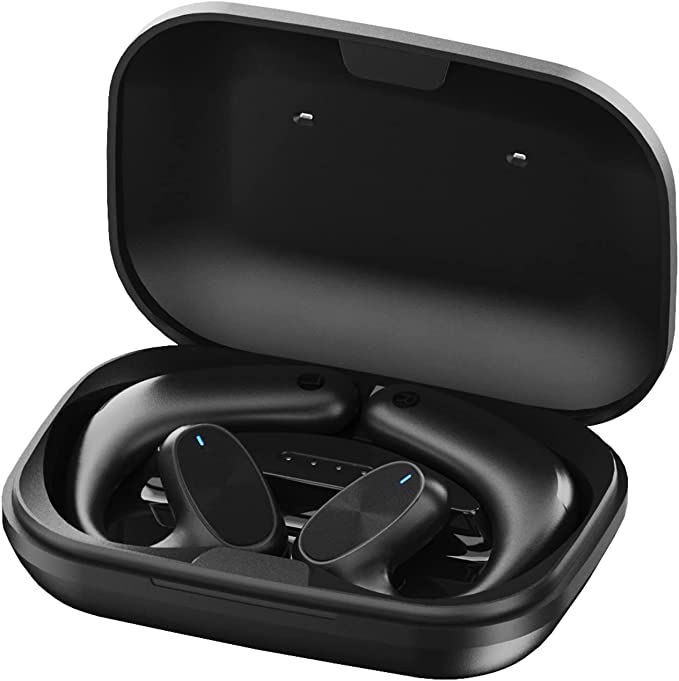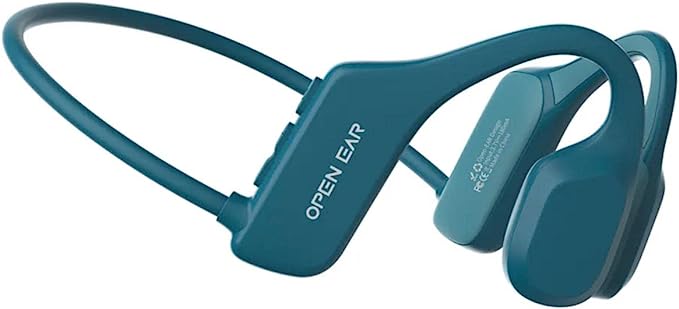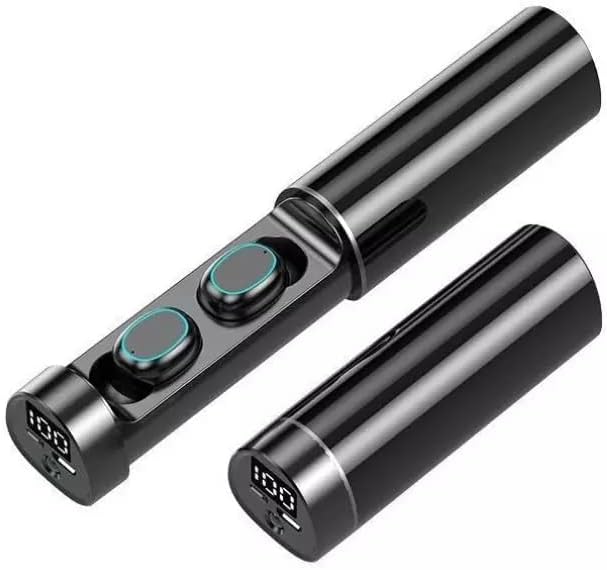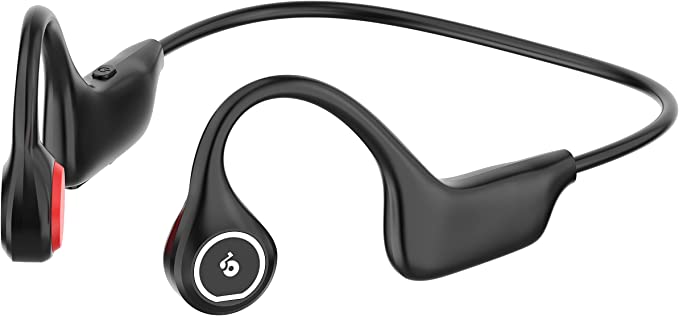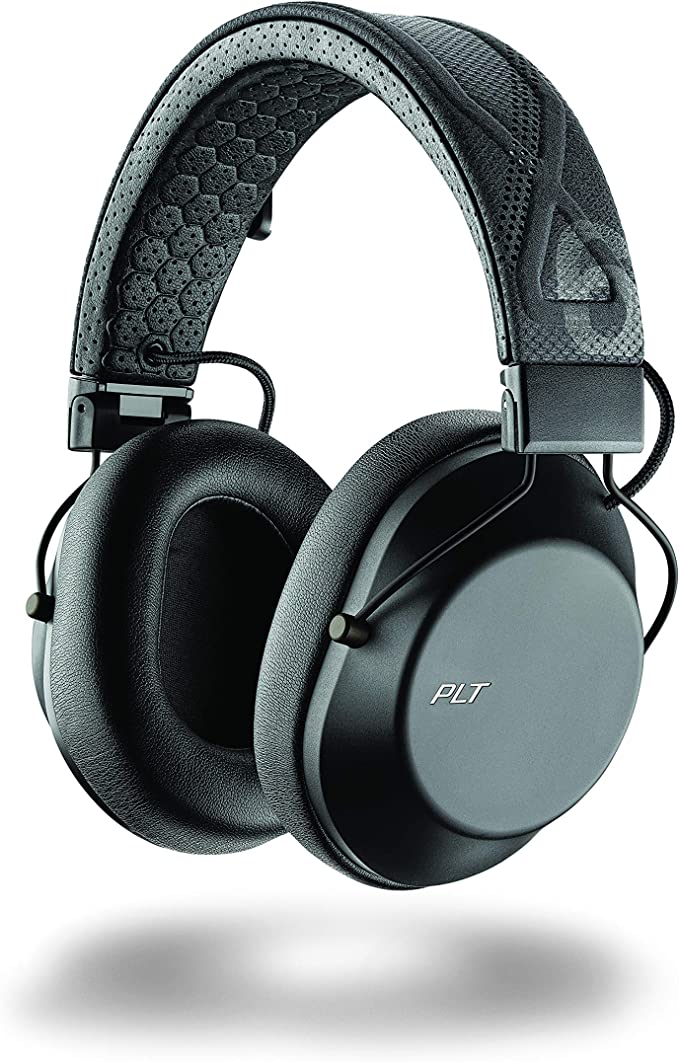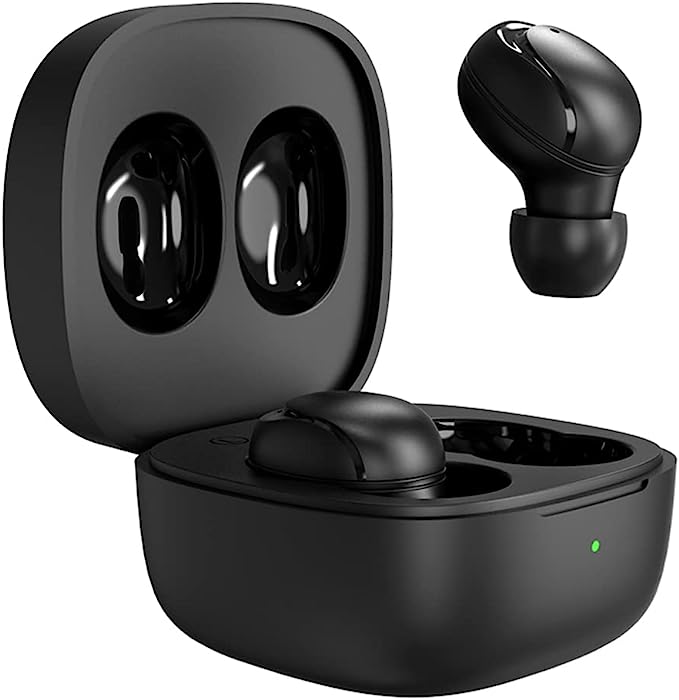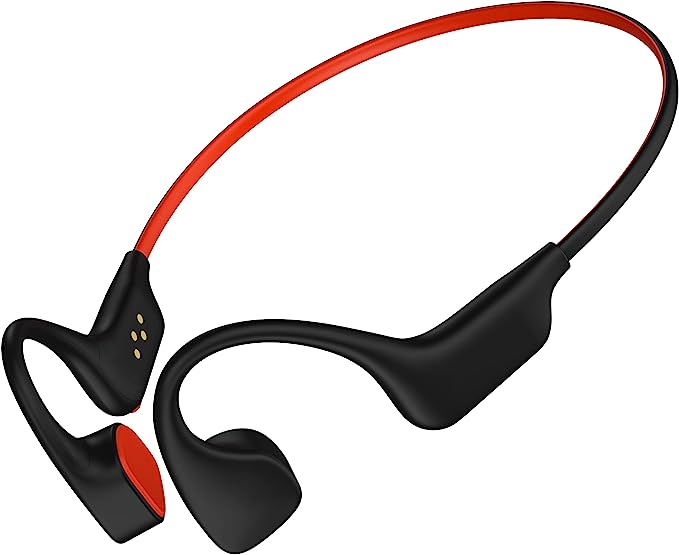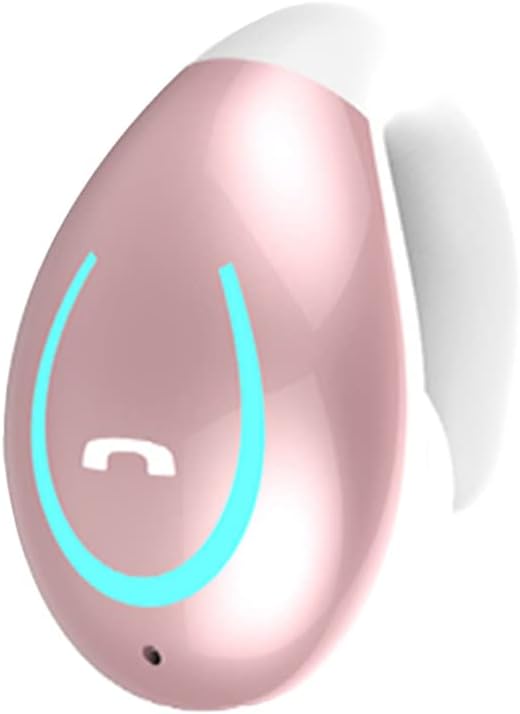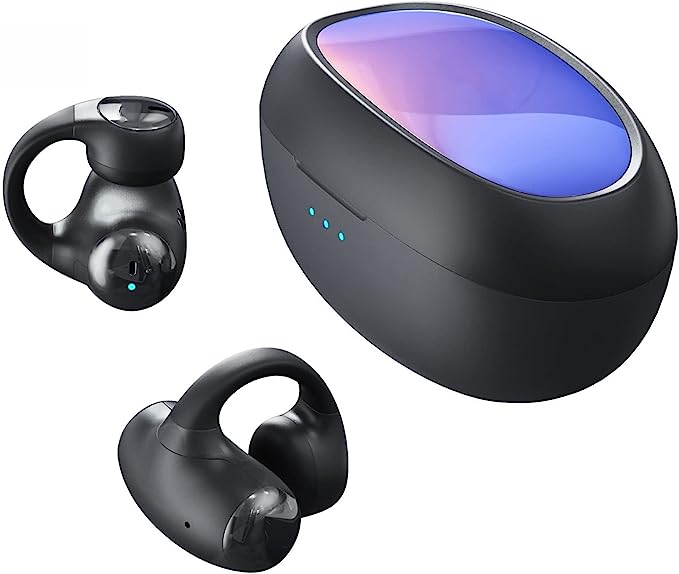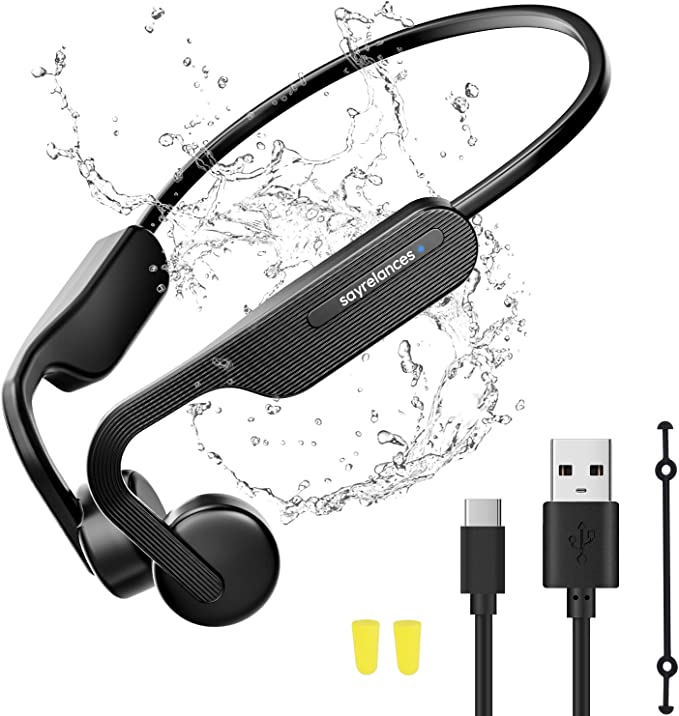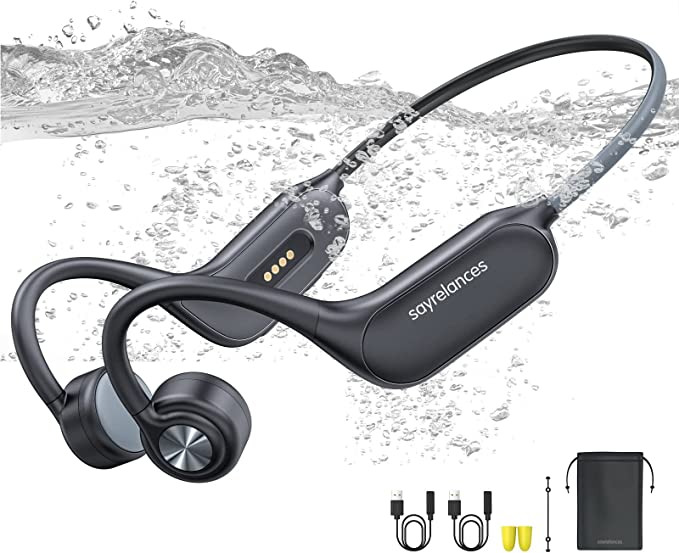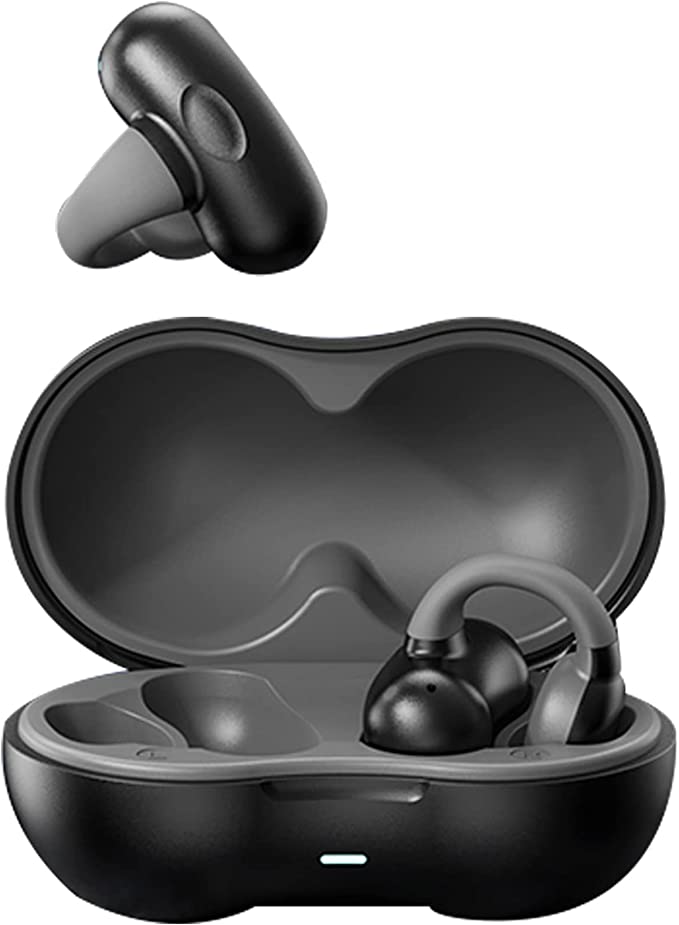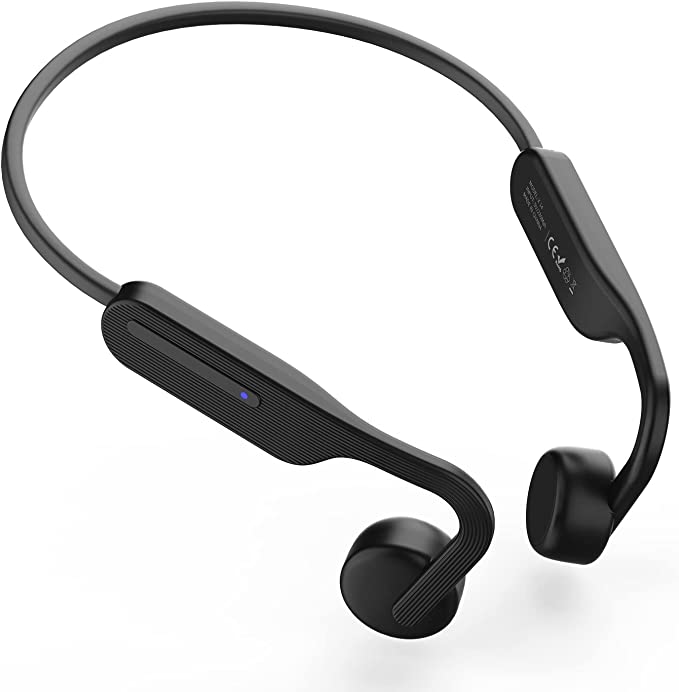Urban Nirvana AKW3: Bone Conduction Headphones for Safe and Comfortable Workouts
Update on March 20, 2025, 1:22 p.m.
The rhythmic pounding of feet on pavement, the whoosh of wind, the blare of a car horn – a typical soundscape for a runner navigating a busy city street. Sarah, a dedicated marathoner, loved the energy of her urban runs, but she also craved the motivational boost of her workout playlist. Traditional earbuds, however, created a dangerous dilemma: immerse herself in music and risk missing crucial auditory cues, or run in silence and lose her rhythm. This is the challenge that bone conduction technology aims to solve.

Beethoven’s Bite: A History of Hearing Beyond the Eardrum
The concept of bone conduction isn’t new. In fact, it has a rather surprising historical connection: Ludwig van Beethoven. As the famed composer began to lose his hearing, he discovered a remarkable workaround. By biting down on a metal rod attached to his piano, he could perceive the vibrations of the music through his jawbone, effectively bypassing his damaged outer and middle ear. This rudimentary form of bone conduction allowed Beethoven to continue composing some of his most iconic works even as his deafness progressed. While Beethoven’s method was far from the sleek headphones of today, it demonstrated a fundamental principle: sound can reach our inner ear not just through the air, but also through the bones of our skull.

Sound Through the Skull: The Science of Bone Conduction
What is Sound, Really?
Before we dive into bone conduction, let’s revisit the basics. Sound is, fundamentally, vibration. When an object vibrates – a guitar string, a speaker cone, or even your vocal cords – it creates pressure waves in the surrounding medium, usually air. These waves travel outward, and when they reach our ears, they cause our eardrums to vibrate.
The Two Paths to Hearing: Air vs. Bone
Air Conduction: This is the way we typically hear most sounds. Sound waves travel through the air, enter our ear canal, and vibrate the eardrum. The eardrum, in turn, vibrates three tiny bones in the middle ear (malleus, incus, and stapes), which amplify the vibrations and transmit them to the inner ear.
Bone Conduction: This alternative pathway bypasses the eardrum and middle ear. Instead, vibrations travel directly through the bones of the skull to the inner ear. Think of it like a shortcut to the auditory center of your brain.
Inside Your Inner Ear: The Cochlea’s Role
Whether sound arrives via air or bone, the final destination is the same: the cochlea. This snail-shaped structure in the inner ear is filled with fluid and lined with thousands of tiny hair cells. These hair cells are exquisitely sensitive to vibrations. When the fluid in the cochlea vibrates, the hair cells move, and this movement is converted into electrical signals that are sent to the brain via the auditory nerve. Our brain then interprets these signals as sound.
Types of Bone Conduction: Inertial and Compressional
There are two primary mechanisms by which bone conduction works:
- Inertial Bone Conduction: This is the dominant mechanism at lower frequencies. Vibrations of the skull cause the tiny bones of the middle ear (ossicles) to move relative to the cochlea. Because the cochlea is embedded in the skull, it also moves, but the inertia of the ossicles causes them to lag slightly behind. This relative motion stimulates the hair cells in the cochlea, just as they would be stimulated by air-conducted sound.
- Compressional Bone Conduction: This becomes more significant at higher frequencies. Vibrations of the skull cause the cochlea itself to be compressed and expanded. This direct distortion of the cochlea creates pressure differences within the fluid, stimulating the hair cells.
Most bone conduction headphones utilize a combination of these two mechanisms, although the specific balance may vary depending on the design and frequency range. The exact type used by the Urban Nirvana AKW3 isn’t specified in the provided materials, but it’s likely a combination optimized for both clarity and comfort.

The Urban Nirvana AKW3: Open Ears, Open World
The Urban Nirvana AKW3 Premium Bone Conduction Headphones are designed to leverage the science of bone conduction to provide a unique listening experience. Unlike traditional headphones that cover or insert into your ears, the AKW3 rests gently on your cheekbones, just in front of your ears. This open-ear design is the key to its functionality and benefits.

AKW3 Unpacked: Features Through a Scientific Lens
The Open-Ear Advantage: Safety and Situational Awareness
This is crucial for anyone engaging in activities where awareness of the surroundings is paramount: running, cycling, walking in busy areas, or even working in an open-plan office where you need to hear colleagues. It’s a fundamentally different approach to audio compared to noise-cancelling headphones, which aim to isolate you from the environment. Bone conduction prioritizes integration with your surroundings.
IPX5: Withstanding the Elements
The “IP” in IPX5 stands for “Ingress Protection,” and it’s an international standard that defines how well a device resists the intrusion of solids (like dust) and liquids (like water). The “X” means the device hasn’t been formally tested for dust resistance, but the “5” is the key for our purposes. An IPX5 rating means the AKW3 is protected against water jets from any direction. Think of it as being able to withstand a sustained, low-pressure spray of water. This doesn’t mean you can take them swimming (that would require a higher rating like IPX7 or IPX8), but it does mean you can confidently wear them during sweaty workouts or in light rain without worrying about damage. The science here is in the careful sealing of the internal components and the use of water-resistant materials.
Lightweight Design: Comfort and Physics
At just 2.08 ounces, the AKW3 is designed for extended wear. This isn’t just about comfort; it’s also about physics. A heavier device resting on your cheekbones would exert more pressure, potentially leading to discomfort over time. The lightweight design minimizes this pressure, distributing the weight more evenly. The choice of materials – which, while not specified, are likely to be a combination of lightweight plastics and possibly titanium for the frame – plays a crucial role in achieving this balance of durability and minimal weight. The on-ear form factor, as opposed to over-ear or in-ear, further contributes to comfort by avoiding pressure on the ear canal or the outer ear.
Wireless Freedom: The Magic of Bluetooth (brief overview)
The AKW3 connects to your devices wirelessly via Bluetooth. While the specific Bluetooth version isn’t stated, Bluetooth technology generally relies on radio waves in the 2.4 GHz frequency band to transmit data over short distances. Your smartphone, tablet, or computer sends audio signals digitally, encoded as a series of ones and zeros. The Bluetooth chip in the AKW3 receives these signals, decodes them, and converts them back into analog audio signals, which are then sent to the transducers that create the vibrations for bone conduction. While a newer Bluetooth version (like 5.0 or later) would generally offer better connection stability, range, and power efficiency, even older versions provide a reliable wireless experience for most users.
Clear Calls: Microphone Noise Cancellation
While the AKW3 doesn’t actively cancel environmental noise for the listener (again, that’s the point of the open-ear design), it does incorporate noise cancellation for the microphone. This is important for phone calls. The built-in microphone likely uses a combination of techniques to reduce background noise during calls. These techniques might include:
- Dual-Microphone Array: Using two microphones, the system can compare the incoming sound and filter out noise that’s more distant from the user’s mouth.
- Digital Signal Processing (DSP): Algorithms can analyze the audio signal and identify and suppress common noise patterns, like traffic or wind.
The result is clearer voice transmission for the person on the other end of the call, even if you’re in a noisy environment. It is a very convenient feature.

Beyond the Workout: Where Bone Conduction Shines
While the AKW3 is clearly marketed towards active users, the benefits of bone conduction extend beyond the gym or the running trail. Consider these scenarios:
- Commuting: Stay aware of traffic, train announcements, and fellow commuters while enjoying your podcast or audiobook.
- Office Work: Listen to music at a low volume while still being able to hear colleagues and participate in conversations.
- Parenting: Keep an ear on your children while listening to music or a podcast.
- Gaming: Experience immersive game audio while still being able to hear real-world sounds (like the doorbell or a phone call).
- Individuals with Certain Types of Hearing Loss: For some people with conductive hearing loss (problems with the outer or middle ear), bone conduction can provide a way to bypass the damaged parts of the ear and hear sound directly through the inner ear. However, it’s crucial to consult with an audiologist to determine if bone conduction is appropriate for a specific type of hearing loss.
The Future of Sound: Bone Conduction’s Expanding Horizons
Bone conduction technology is still evolving, and we can expect to see further advancements in the coming years. Some potential areas of development include:
- Improved Sound Quality: While bone conduction audio has improved significantly, it still generally lags behind high-end traditional headphones in terms of bass response and overall fidelity. Researchers are working on new transducer designs and materials to address this.
- Reduced Sound Leakage: One of the drawbacks of bone conduction is that at higher volumes, some sound can be audible to people nearby. New designs and materials are being explored to minimize this leakage.
- Integration with Other Technologies: We might see bone conduction headphones combined with features like:
- AI-powered noise cancellation: Selectively filtering out specific types of environmental noise while still allowing important sounds (like speech) to pass through.
- Health tracking: Sensors could be integrated to monitor heart rate, body temperature, or other biometrics.
- Augmented reality (AR): Bone conduction could provide a discreet way to deliver audio cues in AR applications, leaving the ears open to hear the real world.
- Gesture control.
Bone conduction is more than just a niche technology for athletes; it’s a fundamentally different way of experiencing sound, one that prioritizes situational awareness and offers unique benefits for a variety of users. The Urban Nirvana AKW3 represents a step in this ongoing evolution, bringing the advantages of bone conduction to a wider audience. As the technology continues to mature, we can expect even more innovative applications and improved performance, blurring the lines between the sounds we hear and the world around us.
